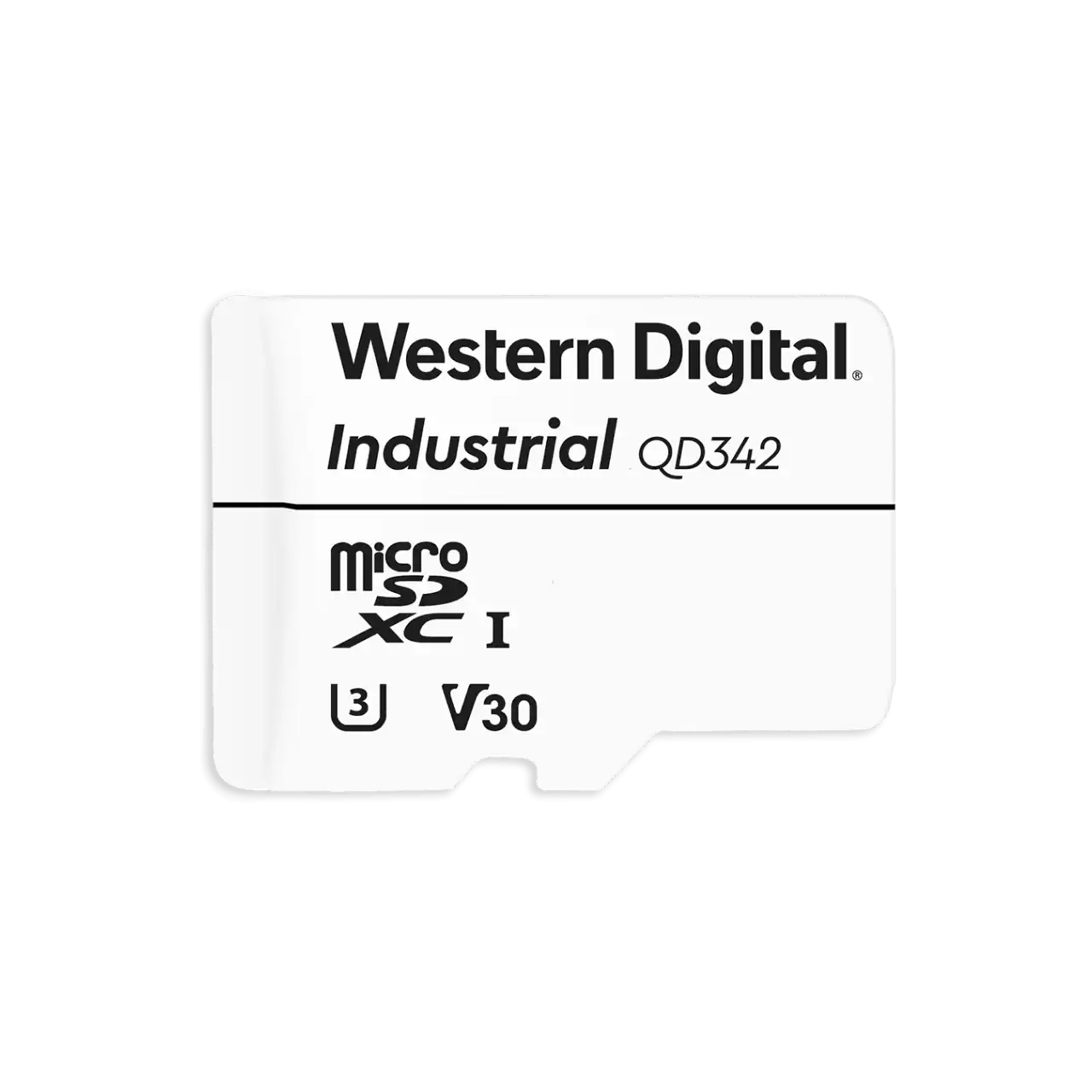FAQ
Frequently Asked Questions
Hardware related
How many analog inputs (ADC) does the unit have?
Syrus 4G comes with 2 single analog input cables and 1 analog differential input.
Both single analog input support ranges from 0-28V.
and the differential input supports 0-11V.
The differential input can be used as a 3rd single analog input cable but its range would be from 0-11V.
How long does the internal battery last?
Syrus 4G comes with an internal rechargeable Lithium Polymer battery LP503759, with a nominal voltage of 3.7V and a capacity of 1200mAh.
When connected to an external power supply (+12V DC) the avg consumption can be summarized as follow
| Conditions | Consumption Avg mA | Duration Estimates |
|---|---|---|
| SoC + Modem + GPS + BT + WiFi | 196 | ~5.8 hrs |
| SoC + Modem + GPS | 150 | ~7.6 hrs |
| SoC + Modem | 135 | ~8.4 hrs |
| SoC only | 118 | ~9.6 hrs |
| Power saving mode | 2.9 | ~393 hrs |
The peak consumption for the battery when the device is powering up is about ~350-370 mA.
Note that when the external power supply is disconnected and the device enters power-saving mode, it will go into a deep power saving mode that consumes ~1mA to prolong the battery life as much as possible.
How long does it take the internal battery to charge?
It takes around ~4 hours for the internal battery of the Syrus 4 to go from 3 to 4.15V.
How fast are the network interfaces?
Syrus 4G has a 10/100 Mbps Ethernet Port RJ45 and 2 MIMO antennas at 2.4GHz.
For more details on the network, bands supported see the last page on the datasheet.
What is the IP rating/Is the device waterproof?
Syrus 4 is IP-64 rated, meaning it is protected from total dust ingress and protected from water spray from any direction. You can use anti-dust protectors for the ethernet and micro usb ports to improve the rating.
Which SD Card can I use?
We recommend using an Industrial Grade SD card with 3D NAND such as the Western Digital Industrial MicroSD Card. These cards are meant to withstand high temperature ranges and make sure the device recognizes the SD card through rough weather. We have successfully tested SD cards up to 512GB.

Software related
How do I know when to use the API or the SDK to develop my app?
If you're looking to build a simple application with a small number of requests within the device you may opt for using the API for its easy interfacing.
However, if your application requires the consumption of a lot of resources or you need to develop something outside the Syrus you'll want to use the SDK.
What IP addresses and ports does Syrus use to enable in my firewall?
IP Address Port Domain
35.169.11.229 5### pegasus###.peginstances.com //### refers to your Pegasus Site ID
35.169.11.229 5002 pegasus2.peginstances.com
165.227.251.57 1883 mqtt.pegasusgateway.com
165.227.251.57 8883 mqtt.pegasusgateway.com
216.239.35.0 123 time1.google.com
68.183.146.91 7021 ftp1.pegasusgateway.com
178.128.147.133 443 syrus4.dctserver.com
178.128.147.133 80 syrus4.dctserver.com
8.8.8.8 53 dns.google.com
8.8.4.4 53 dns.google.com
108.61.222.4 80 dctserver.com
108.61.222.4 443 dctserver.com
45.55.36.183 20000-65000 videos.pegasusgateway.comMobile/Connectivity
Is there any failover in case I lose connectivity?
Yes, there's an automatic switching mechanism after 4 hours of no connectivity. If the Syrus4G is using its external SIM card and experiences 4 hours of consecutive connectivity loss to the internet, it will automatically switch to the internal/embedded SIM. This time can be configured on the apx-mdm core tool.
Keep in mind is that by default the internal/embedded SIM is inactive, but it can be activated at any point via the Pegasus IoT Cloud portal and placed into a default 10MB plan.
What's the average consumption of cellular data?
The amount of data consumed will depend entirely on the applications it has running.
A typical installation of SyrusJS and Telegram can be anywhere between 5-15MB a month, if it uses the ECU monitor then it'll be around 20-30MB a month, and finally, if you're looking at transmitting videos then you're going to need GB plans.
Regarding firmware/os updates, Syrus 4G uses mender to update, which features differential secure updates, that allow for updates to be carried out with low bandwidth usage.
A full os update will be around 120-150MB, so keep this in mind when choosing a data plan and performing an OS upgrade.
How do I know which method is being used to connect to the internet?
You can send the command ip route via shell to know what interface the device is using to connect to the internet.
The default priority is:
- Ethernet (eth0)
- Wi-Fi (wlan0)
- Cellular (ppp0)
# shows the default route is going through Cellular ppp0
$ ip route
default dev ppp0 scope link metric 1024
10.64.64.64 dev ppp0 proto kernel scope link src 25.233.5.52
192.168.9.0/24 dev usb0 proto kernel scope link src 192.168.9.2# shows multiple interfaces, with the default going through wlan0
$ ip route
default via 192.168.1.1 dev wlan0 proto dhcp src 192.168.1.149 metric 256
default dev ppp0 scope link metric 1024
10.64.64.64 dev ppp0 proto kernel scope link src 25.130.72.66
192.168.1.0/24 dev wlan0 proto kernel scope link src 192.168.1.149
192.168.1.1 dev wlan0 proto dhcp scope link src 192.168.1.149 metric 256How can I estimate the amount of data consumed?
You can use the ifconfig command followed by the interface (eth0, wlan0, or ppp0) to know the number of bytes Rx and Tx per interface.
$ ifconfig ppp0
ppp0 Link encap:Point-to-Point Protocol
inet addr:25.233.5.52 P-t-P:10.64.64.64 Mask:255.255.255.255
UP POINTOPOINT RUNNING NOARP MULTICAST MTU:1500 Metric:1
RX packets:10487 errors:0 dropped:0 overruns:0 frame:0
TX packets:12126 errors:0 dropped:0 overruns:0 carrier:0
collisions:0 txqueuelen:3
RX bytes:920247 (898.6 KiB) TX bytes:2183341 (2.0 MiB)RX bytes:920247 (898.6 KiB) TX bytes:2183341 (2.0 MiB)
Updated about 2 months ago
